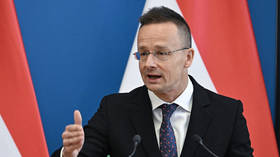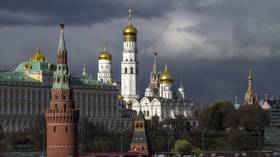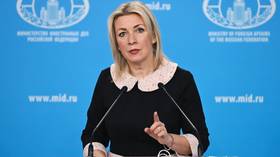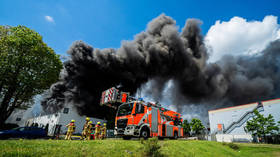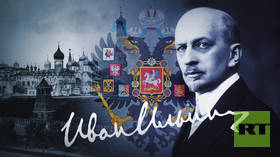Young blood: How Russian students become researchers even before they graduate

Russia's ‘Priority 2030’ aims at transforming universities and increasing the competitiveness of the entire system of Russian higher education.
In June 2021, Russia’s Ministry of Science and Higher Education offered the Priority 2030 academic leadership program to the nation’s universities. More than 100 Russian higher education centers joined and will receive at least 100 million rubles ($1.4mn) annually under the program. Dozens also applied for special grants of up to 1 billion rubles ($13.6mn) per year.
The initiative has several ambitious purposes. It plans to boost education and research projects, as well as presenting Russia as an attractive place for foreign students and scientists. The program is expected to balance the education process in all Russian regions, and to make sure that students have the opportunity to realize their scientific potential. One of the program’s main tasks is to give students the opportunity to dedicate themselves to scientific research even while they are still studying. Priority 2030 unites universities from all areas – nuclear, medical, musical, and many others.
One ring to accelerate them all
While Priority 2030 is an ambitious program, the scientific tasks it is supporting are quite significant, too. Universities from Novosibirsk and Tomsk are already preparing future professionals to work at the Siberian Ring Source of Photons (SKIF) – a major ‘MegaScience’ research system being constructed in the city of Koltsovo, Novosibirsk Region.
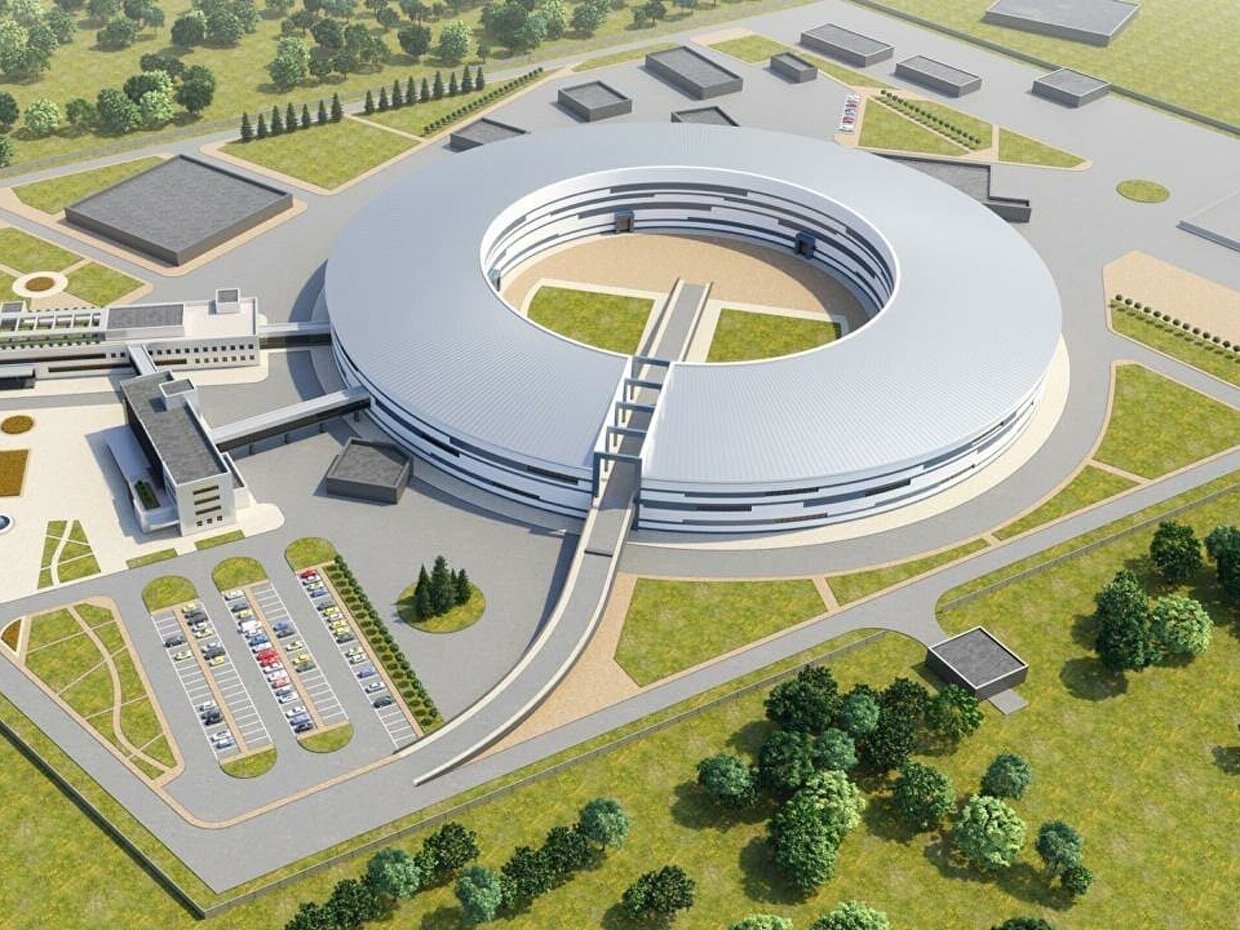
SKIF belongs to the latest fourth generation of synchrotron radiation sources, with its developers saying it will become the world’s first 4+ generation synchrotron. Its unique characteristics will allow scientists to conduct advanced research with bright and intense X-ray beams in a variety of fields – chemistry, physics, biology, geology, and others. SKIF is also aimed at contributing to solutions to urgent problems of innovative and industrial enterprises. The first research activities at the facility are scheduled to start in 2024.
The SKIF team is interested in educating their future colleagues. They lead student research in Novosibirsk State University, one of the higher education centers tasked with educating staff for the synchrotron. Its students and lecturers have visited synchrotron radiation sources in Switzerland, France, the UK, and Germany. Around 300 professionals will be needed to work at SKIF, while the university is preparing at least three times more.
…And another one
Another ambitious project of the same type is called NICA (Nuclotron-based Ion Collider fAсility), and it is based near Moscow. It is a new accelerator complex designed at the Joint Institute for Nuclear Research in Dubna; construction started in 2013.
NICA’s main task is to conduct laboratory study of the properties of nuclear matter in the region of the maximum baryonic density. This type of matter only existed during the early stages of the evolution of the universe, and in the interiors of neutron stars. Both applied and fundamental research will be carried out in areas such as radiology, the testing of electronic devices under increased radiation, and cancer therapy.
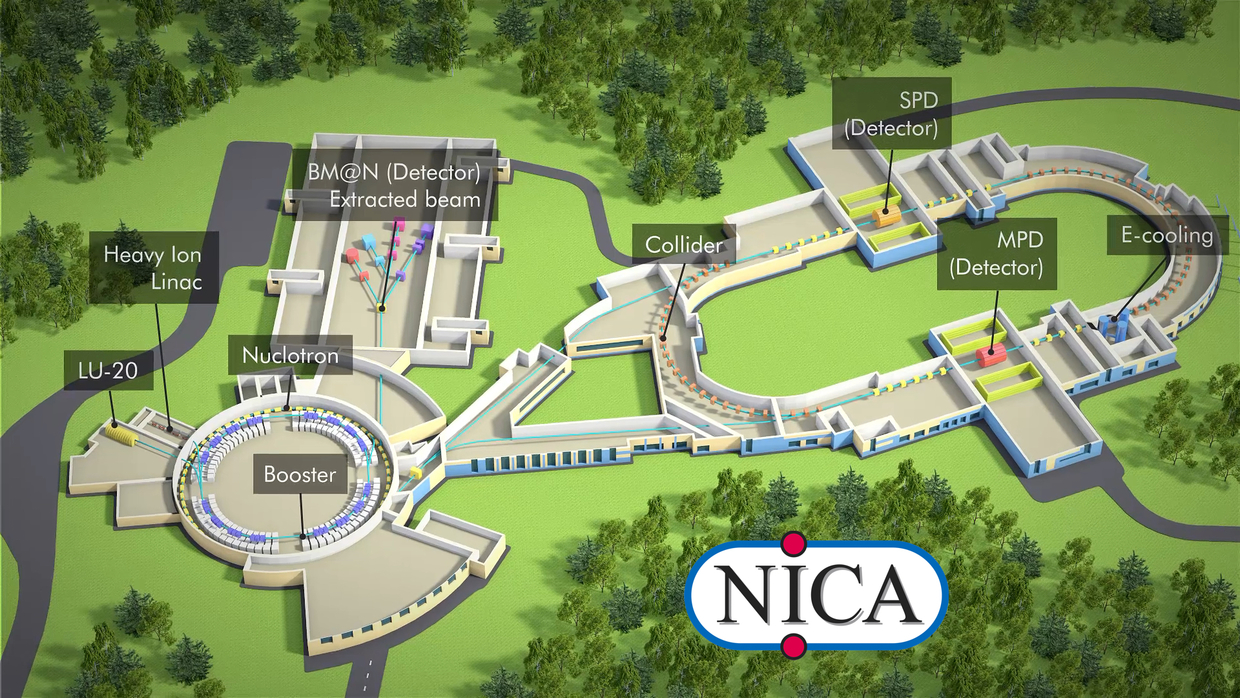
NICA’s commissioning is scheduled for 2022; however, an international team of specialists from numerous countries, including the US, Israel, Germany, and France, already took part in the research in 2018.
Students also have the opportunity to join in NICA’s work. According to Grigory Trubnikov, the head of the Joint Institute for Nuclear Research, “Priority 2030 is providing mechanisms which give universities a possibility to take part in ambitious scientific experiments.” The Moscow Institute of Physics and Technology, Russian Technological University MIREA, and National Research Nuclear University MEPhI – all Priority 2030 participants – are taking part in the scientific work in Dubna.
Coronavirus front line research
Russia’s Ministry of Science and Higher Education supported one of the much-needed projects nowadays – the creation of the CoviVac Covid-19 vaccine. Chumakov Scientific Center head Aidar Ishmukhametov allowed young scientists to join the team with their mature colleagues to create it.
Russia’s third registered vaccine contains an ‘inactivated’ (dead) coronavirus; it simulates the natural infection process, introducing the immune system to the virus and ‘teaching’ the body to fight the pathogen without the risk of it spreading and causing disease.
Source of inspiration
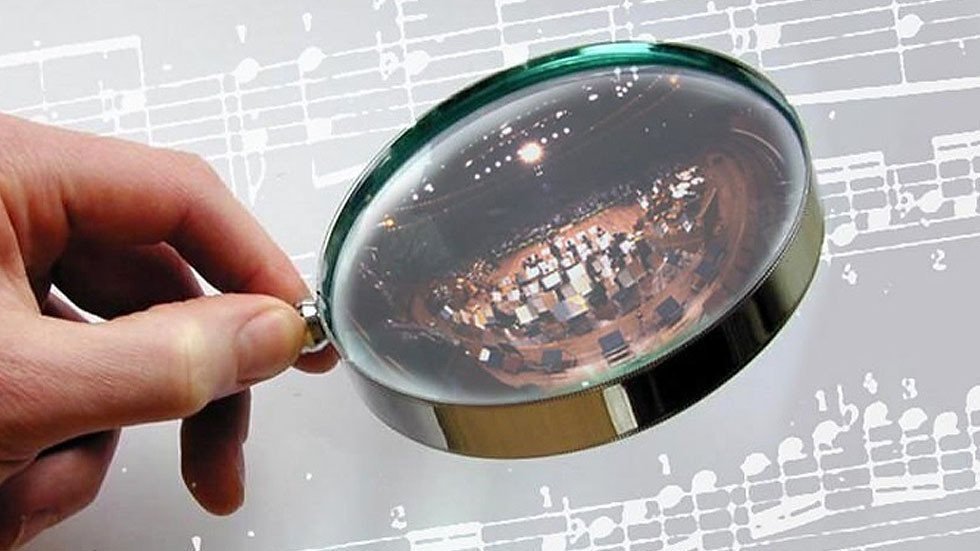
All the projects mentioned, along with six more, were the inspiration for a musical project called ‘Sounds of Science’, and was created by the Monoleak studio with the support of the Ministry of Science and Higher Education. The aim was “to dispel all the doubts that the complicity of these projects and the genius way of their realization can be equated to art,” the Sounds of Science website says. You can listen to the compositions here.


